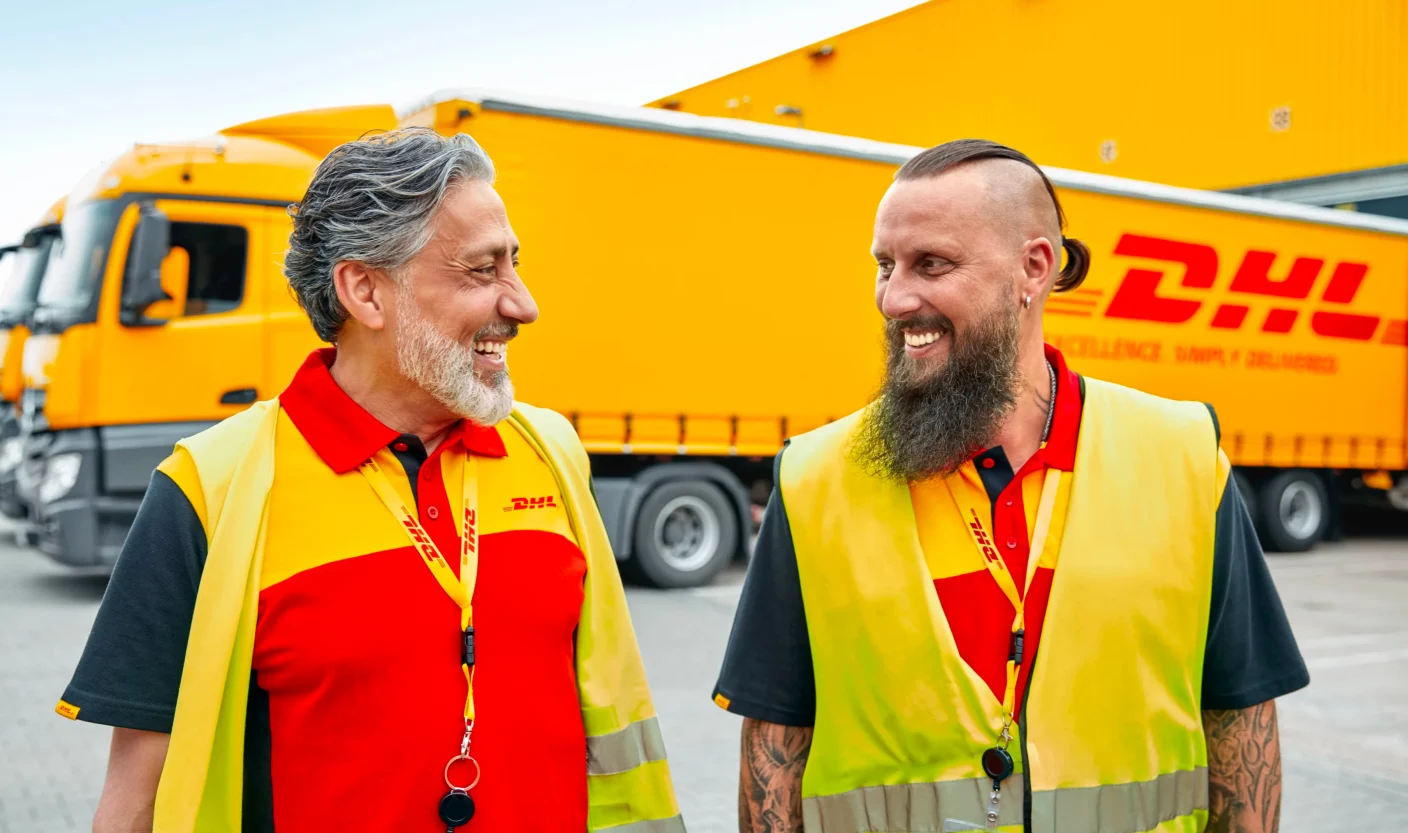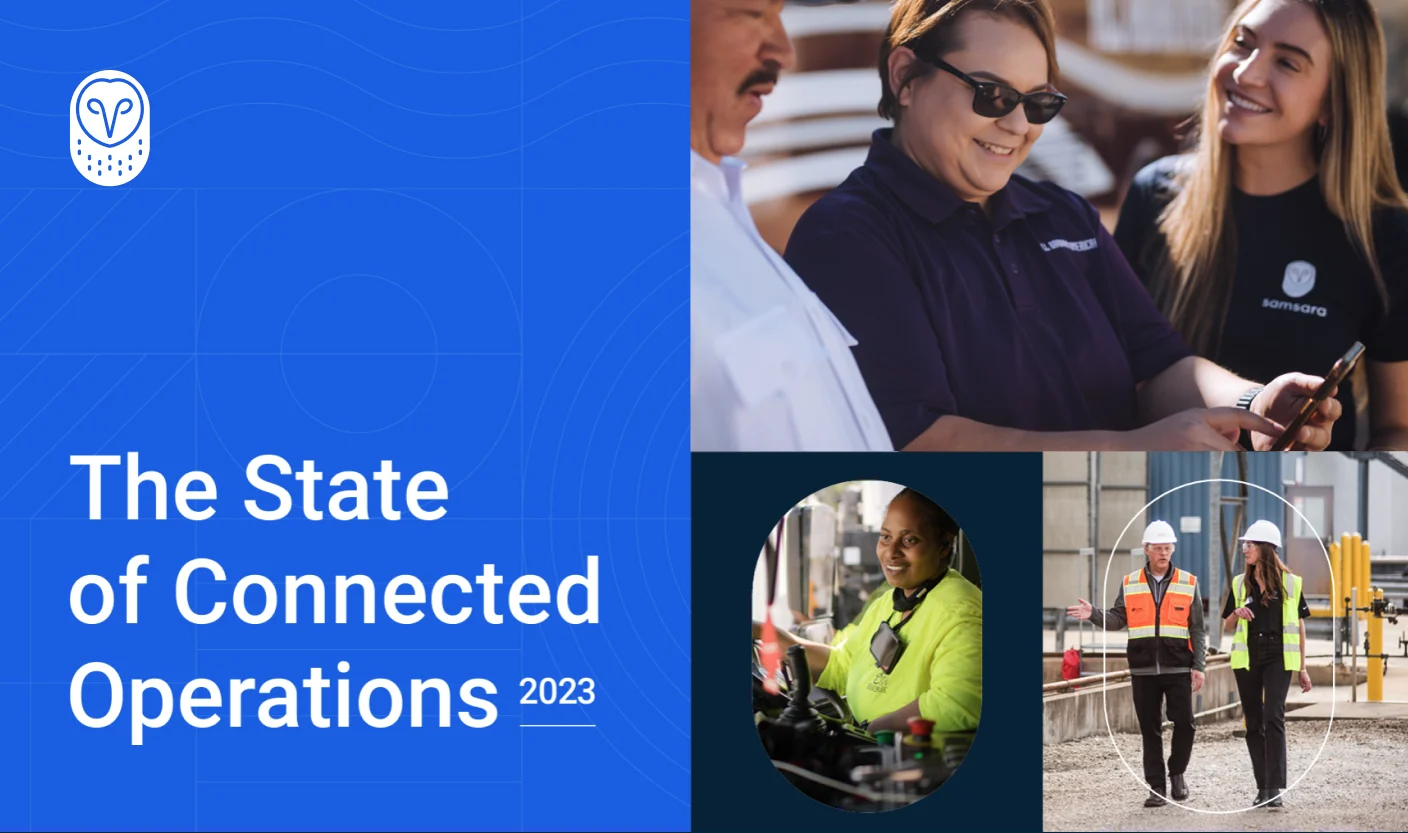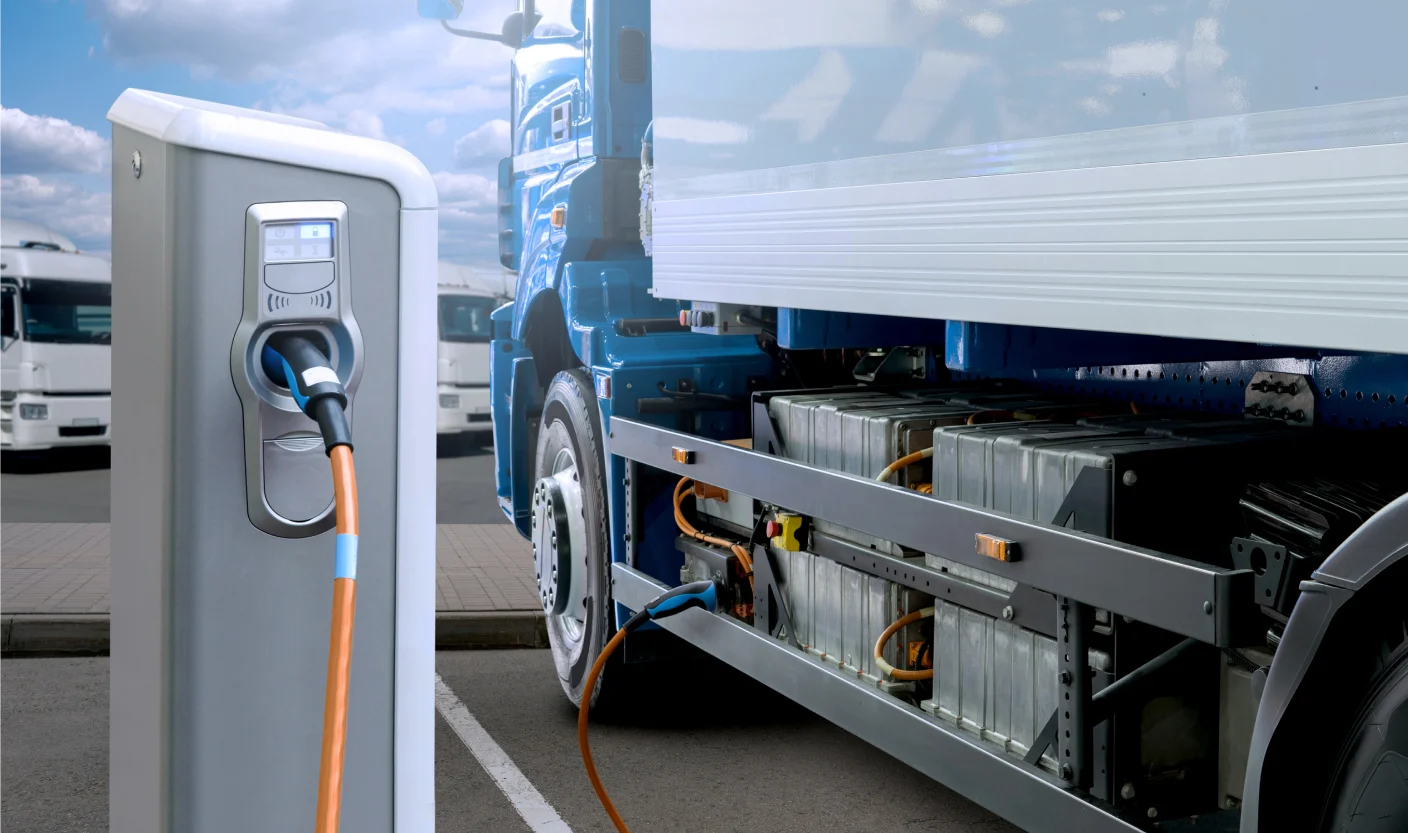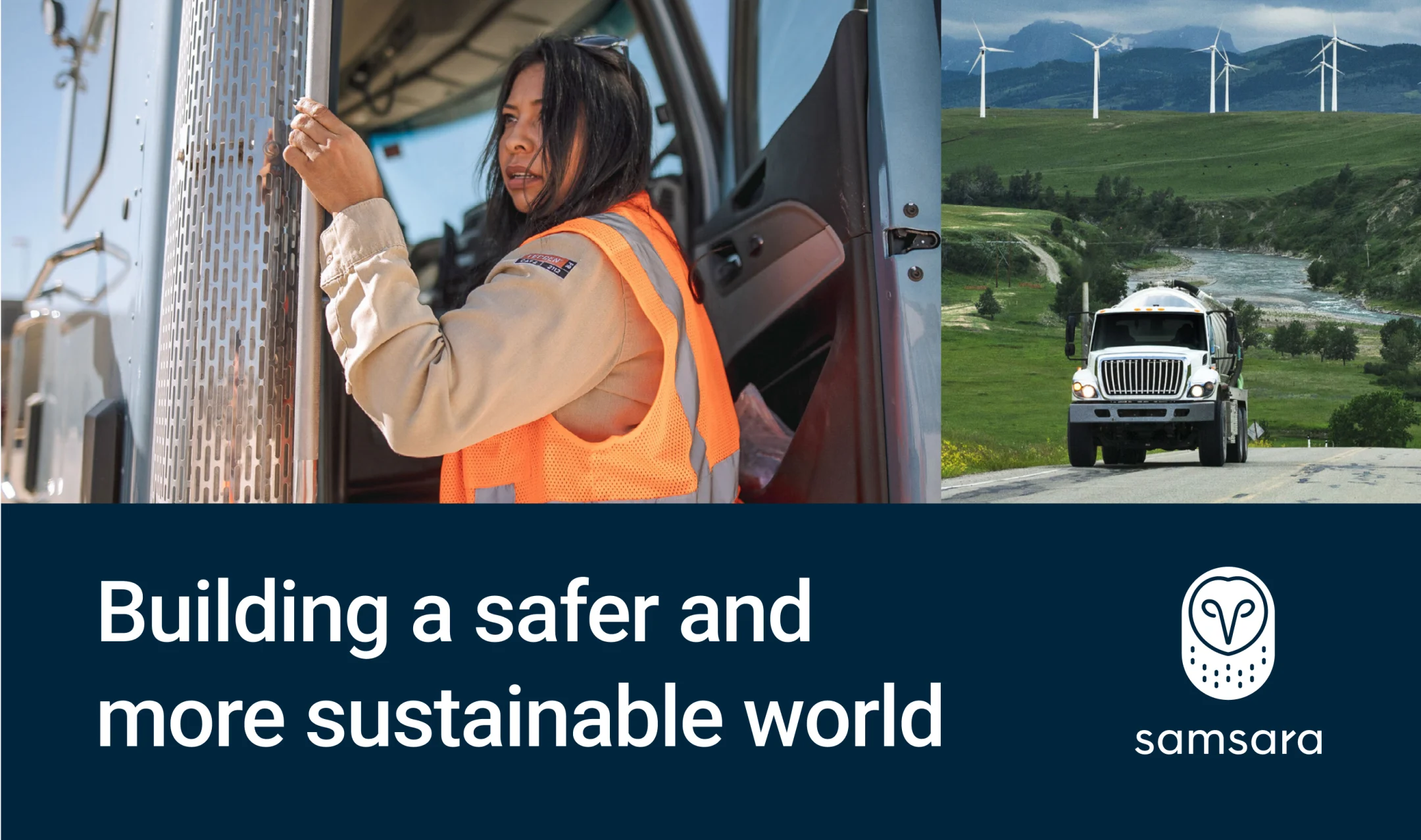Why Fleets Are Prioritizing Sustainable Transportation
September 30, 2022
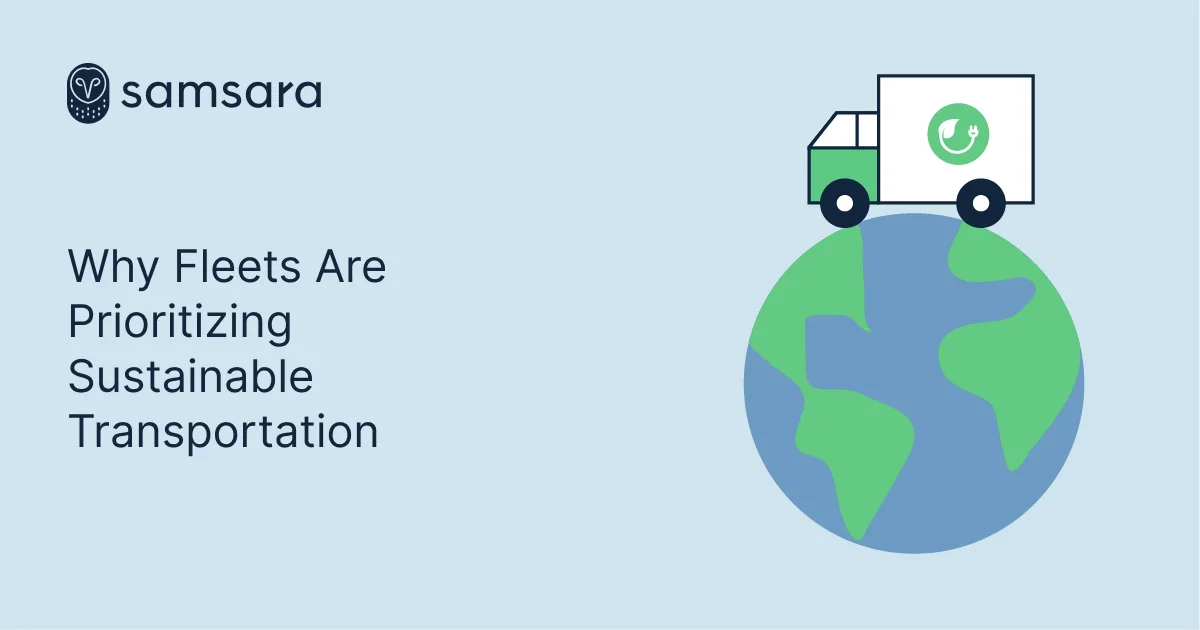
Get Started
Check Our PricesKey Takeaways
Learn how sustainable transportation helps reduce greenhouse gas emissions to fight climate change and lower operating costs for fleets.
What is sustainable transportation?
Sustainable transportation refers to modes of transportation that produce low- or zero-emissions through alternative fuels or electricity. Commonly called “green transportation,” it includes environmental impact, affordability, and infrastructure around transportation systems.
A cornerstone of environmental protection planning is the transition to electric vehicles (EVs) for both commercial and consumer use. Sustainable transportation options, such as EVs, reduce or eliminate the use of fossil fuels to lower the amount of carbon dioxide and other greenhouse gases in the atmosphere. This guide will focus on the environmental impact of transportation and how fleets can improve their fuel and energy efficiency.
Environmental impacts of global transportation
Greenhouse gases are the leading contributor to climate change and air pollution in our ecosystem. In fact, 29% of all greenhouse gas emissions are from the transportation sector which includes vehicle, aircraft, rail, and ship transportation. Furthermore, 82% of all transportation emissions are from land use vehicles, with 58% of emissions from light-duty vehicles and 24% from medium- and heavy-duty vehicles, as reported by the EPA.
With fuel costs, traffic congestion, and our carbon footprint at all-time highs, commercial fleets are taking a closer look at their fuel and energy use to improve efficiency and sustainability.
Why fleets are transitioning to sustainable transportation
Beyond environmental protection, there are several other reasons fleets are making the transition to sustainable transportation options—the top three are government regulations, sustainability programs, and rising fuel costs.
Regulations: New regulations are being rolled out to help combat greenhouse gas emissions, with many going into effect within the next few years. Proactive fleets can prepare for these policy changes by jump-starting their fleet electrification now. To align with the United Nations’ Paris Climate Agreement, President Biden’s Executive Order calls for 50% of passenger vehicles and light-duty trucks to be zero-emission by 2030. Under the same order, medium- and heavy-duty vehicle regulations will be determined by December 2022.
Sustainability programs: Many companies have implemented Environmental, Social, and Governance (ESG) programs along with sustainability goals to not only hold themselves accountable to reducing their carbon emissions, but to also meet the expectations of their employees and customers. While only 27% of companies report currently having a sustainability program in place, almost 33% plan to implement one by the end of 2022, and nearly all (91%) plan to implement one by the end of 2023, according to our State of Connected Operations Report.
Rising fuel and maintenance costs: Fuel prices have continued to rise as unexpected and uncontrollable global events influence the cost of fuel. Beyond decreasing our dependence on gas, incentives to transition to fuel-efficient vehicles include reduced or zero tailpipe emissions and lowered maintenance costs. According to our latest research, 85% of companies said increasing the sustainability of their operations is a high or critical priority and nearly half (49%) have accelerated their transition to EVs in response to rising fuel costs.
Different types of sustainable transportation
From commercial to consumer transportation, sustainability options and initiatives will look different. For example, sustainability for commercial fleets requires purchase planning of new heavy-duty EVs while the public sector focuses on electrifying passenger vehicles and installing EV charging stations.
Sustainability for commercial transportation: Medium- and heavy-duty vehicles are responsible for 24% of all emissions in the transportation sector, making the need to reduce or offset carbon emissions top of mind for commercial fleets. EV options for medium- and heavy-duty vehicles continue to grow with more than one million EVs in this class expected on the road by 2030, according to MarketsandMarkets. Manufacturers like Tesla, Daimler, and Volvo have announced and even started production on electric heavy-duty vehicles.
Sustainability for public transportation: EVs are common among car commuting services such as taxis and rideshares, and many transit service fleets are transitioning over to EVs as well. For example, the City of Boston has a full fleet electrification goal by 2030 so their action plan started with electrifying light-duty vehicles and then building out EV charging infrastructure across the city. Public transit systems like trains and buses are less pollutive than single-rider vehicles and foster greater inter-city connectivity—the sustainable development of public transport infrastructure benefits the environment and economic growth while supporting ever-increasing transportation demand.
Sustainability for consumer transportation: The consumer transition to sustainable transportation is well underway with the adoption of plug-in vehicles—both hybrids and all-electric cars—growing from one million in 2016 to 20+ million in 2022, according to Bloomberg. The benefits of transportation sustainability extend beyond EVs by improving the quality of life for consumers—options like car-sharing when commuting, taking walkable routes, and using scooters or bike shares in urban areas free up congested roads and encourage healthy habits.
Sustainable transportation for commercial fleets
Today, there is growing awareness and priority on clean energy technology, and manufacturers are responding with a wider range of EV options to serve customers beyond consumers including commercial industries, public sector, and local governments—as seen with Navistar’s all-electric school bus. The response is timely as fleet net profit margins average between 2.5% and 6%, according to Boss Magazine, making electrification essential to closing profit gaps by saving on fuel and maintenance costs, and improving fleet efficiency.
Improving environmental impact and lowering costs are beneficial to all commercial fleets, but planning the transition to sustainable transportation requires real-time data and a complete view of fleet operations. This can be costly and resource-heavy as many fleets beginning electrification are navigating new territory. If you’re considering electrifying your fleet, there are three core stages of electrification that every fleet must consider. Creating a strategy to address the details of these stages is important for a successful transition and will maximize the impact EVs have on your fleet operations.
Learn how to build your future EV fleet with Samsara as your trusted partner, or contact us to begin your fleet electrification journey.


